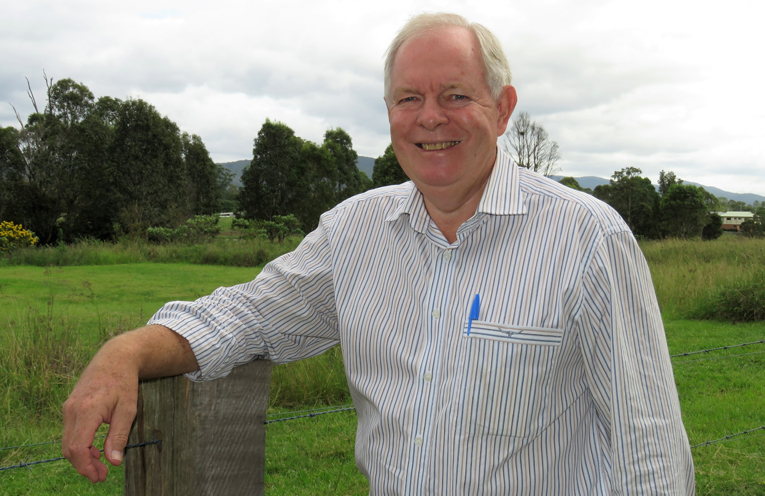
HUNTER Local Land Services is working with landholders in the Mid-Coast region to help control the wild dog population and reduce their impact on livestock
 Modern Media: Advertise with News Of The Area and you get your ad in 1) in Print, 2) on the News Website (like this ad), and 3) on our Social Media news site. A much more efficient way to advertise. Reach a HUGE audience for a LOW price TODAY! Call us on 02 4983 2134. Or media@newsofthearea.com.au
Modern Media: Advertise with News Of The Area and you get your ad in 1) in Print, 2) on the News Website (like this ad), and 3) on our Social Media news site. A much more efficient way to advertise. Reach a HUGE audience for a LOW price TODAY! Call us on 02 4983 2134. Or media@newsofthearea.com.auOr CLICK FOR ADVERT QUOTE
This year’s baiting and control program will involve more than 25 groups across the Manning Great Lakes area and will run from early autumn, through winter and into spring.
Chair of the Bulahdelah and District Wild Dog Control Group Art Brown said a pre-emptive, across tenure approach is leading to an increased number of dogs being controlled in the Bulahdelah area.
“We are covering an area of 100,000 hectares, where 65 percent of the land is managed public reserves,” Mr Brown said.
“It is critical we work with both private land managers and other agencies including Forestry, National Parks and Wildlife Service, Landcare and MidCoast Council to get the best results.”
Last year, 103 wild dogs were culled in the local area focusing on the autumn and spring control programs.
Plans for 2018 include over 40-targeted baiting and control programs across the Manning Great Lakes region.
Hunter Local Land Services Senior Biosecurity Officer Peter Fotheringham said there is still plenty of time for landholders to become involved.
“Coordinated large-scale, across tenure control utilising the broad range of available tools delivers the best knock down in wild dog population numbers, however ongoing action is required to maintain lower levels of predation,” he said.
“The spring and autumn baiting programs target wild dogs during their peak seasons – when wild dogs are mating or educating their young.
“We are urging landholders to contact our biosecurity team, so we can help them plan the best approach for controlling wild dogs on their property,” Mr Fotheringham added.
It is estimated that wild dogs reduce agricultural productivity in NSW by around $15.7 million annually.
